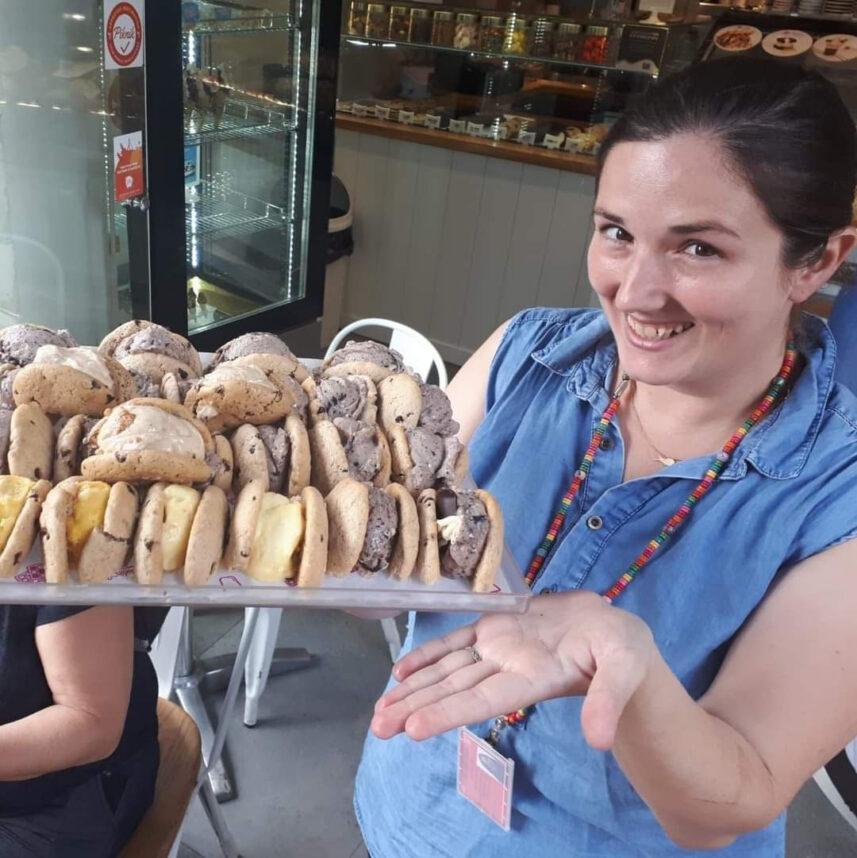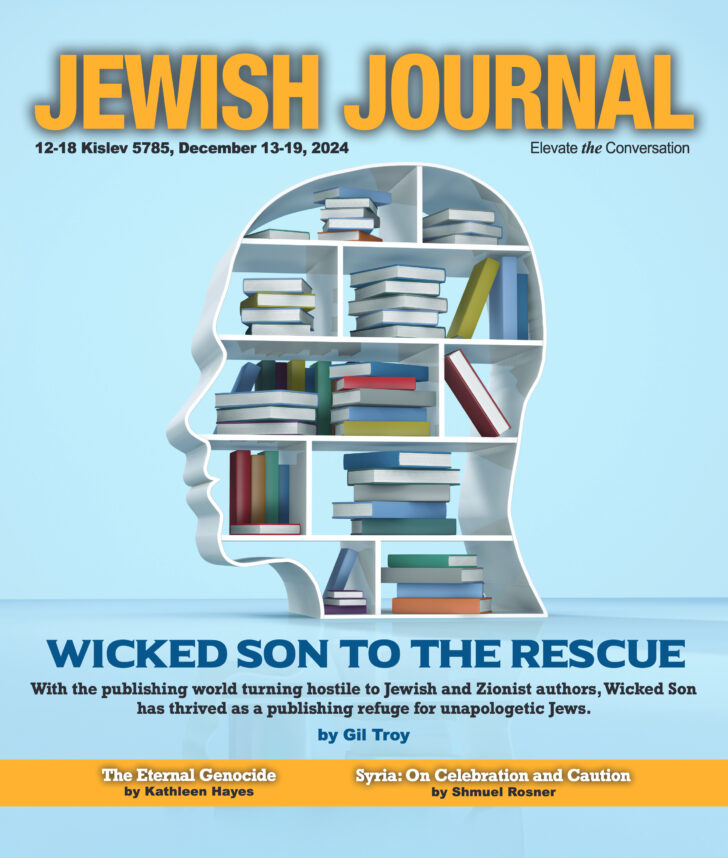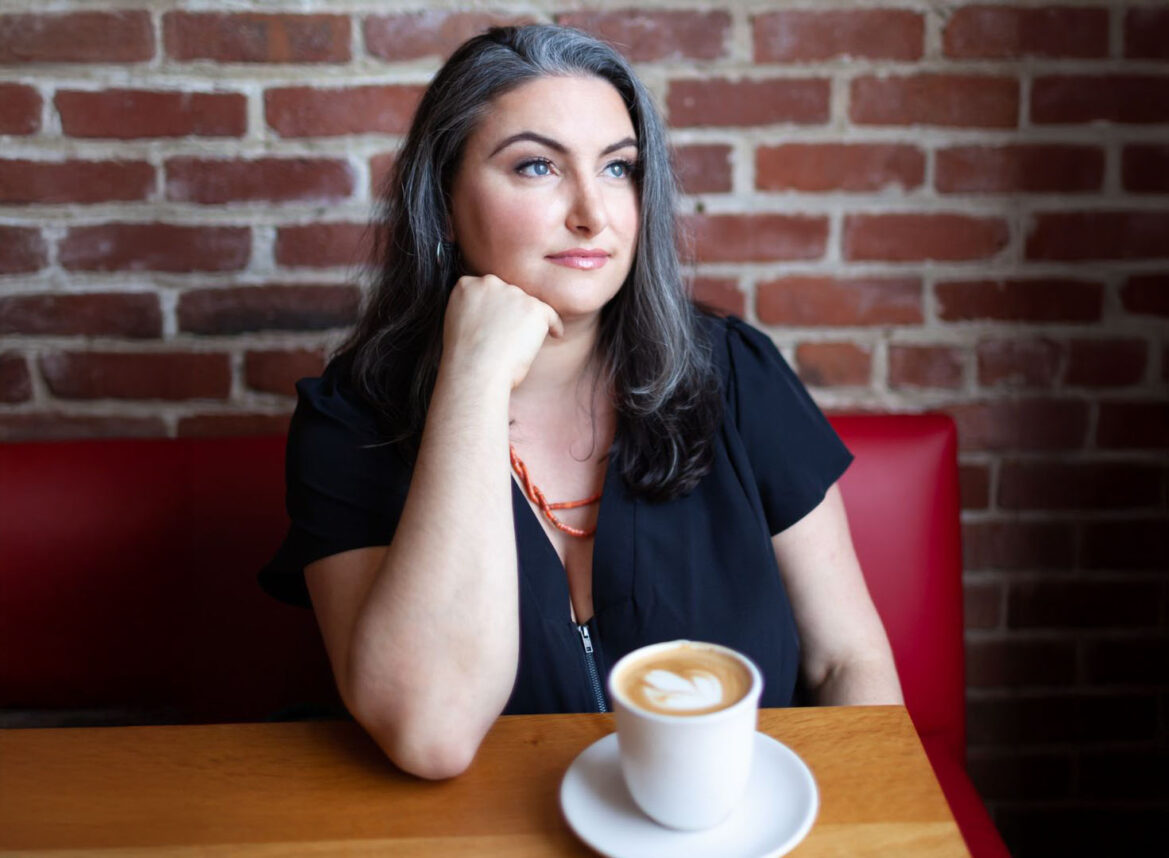Dara Horn wrote an exuberant scene in her stunning debutnovel, “In the Image,” upon returning to her dreary garret flat during a yearabroad in 1999. “I’d been to this dismal British market in which an entireaisle was devoted to butter and fats,” the ebullient Horn, 25, said animatedly.”I recall a product called ‘beef drippings.’ The produce was wilting. All themilk was expired yesterday. I was very homesick.”
So the New Jersey native did what any red-blooded Americanauthor would do: she sat down and wrote a scene about Costco. In the sequence,which parodies Emma Lazarus’ immigrant poem, “The New Colossus,” the youngheroine embarks “on a journey to the promised land of groceries … wherehuddled masses yearning to breathe free of halitosis went to stock theirshelves with mouthwash.”
It’s a frivolous but spirited moment in Horn’s richlydetailed novel, which places her within the same circle of Jewish rookie authorsensations as Jonathan Safran Foer. The story opens as Leora, reeling from thedeath of her best friend, stops speaking and instead simply examines “hersurroundings as if she were a visitor, someone passing through on a longjourney.” Then a very different kind of tourist, her late friend’s grandfather,Wilhelm “Bill” Landsmann, invites her to view his slide collection of Jewishcommunities abroad. Subsequent chapters travel back and forth in time toexplore the archetypal journey of 20th-century Jews, describing Leora’s doomedromance with Jake, a college jock turned ba’al teshuva, and Bill’s wretchedchildhood in Nazi-occupied Amsterdam.
While the literary novel is chock full of illusions to theBible and to Yiddish literature, it isn’t above a trek (or two) to Costco.”Some might look at this as silly materialism, but there’s something sort ofexuberant about it,” said Horn, a Harvard doctoral student in Yiddish andHebrew literature. “It’s not just because you can get anything you want, butbecause you have the imagination to want more than you have. It’s theinspiration to decide what you want and who you want to be, which is reallywhat it means to be an American. So in my novel, Wilhelm becomes Bill, but Jakealso becomes Yehuda.”
Horn began thinking about American Jewish choices when shefirst read Philip Roth’s short story, “Good-bye Columbus,” set in her hometownof Short Hills, N.J., some years ago. The year is 1959, when Jewish quotasstill abounded.
By the time young Dara was growing up in Short Hills in the1980s, the quotas were gone and so was the need for plastic surgery. Hornproudly led junior congregation Torah readings at her Conservative synagogue,traveled to distant Jewish communities with her parents. At 14, she publishedher first magazine article, about Jewish historical sites in Spain, in Hadassahmagazine. She says she set her novel in Short Hills as a nod to “how much thesuburb has changed and how much the American Jewish community has changed in 40years.”
The setting and time frame also allowed Horn to explore thephenomenon of “people becoming more religious than their parents, whichintrigues me,” she said. “In order to make the decision to become morereligious, someone back in your family had to make the opposite decision.Neither choice is made frivolously, and I was fascinated by what makes peopledecide either way.”
Horn never intended to explore those issues in a novel; infact, she did not intend to write fiction until another fateful day abroad in1999. Bored during a train ride back to her Cambridge University flat, she saysshe began flipping through the spiral notebook in which she jotted ideas fornon-fiction articles and “suddenly began seeing how all these topics could belinked.”
While her classmates frequented pubs, Horn holed up in hergarret and started writing what she thought might be a series of short stories.Eventually, she linked them into a seamless, sprawling narrative that, in thetradition of Yiddish authors, frequently alludes to Jewish texts. A passage inwhich Bill and Leora visit a gravesite uses the structure of the Genesischapter on the binding of Isaac. The book of Job is retold starring Bill. Andthen there’s Costco as “The New Colossus” — the veritable opposite of thatpathetic British market Horn visited in Britain.
During a recent interview at a private home in Westwood, thefresh-faced New York author gleefully opens her novel and reads from the Costcopassage, clearly one of her favorites. “[There are] Waspy families whisperingto each other over piles of vegetables…. Trailer trash families brandishingtheir rattailed hair behind carts filled with fish sticks, Chasidic familiessweating in their long sleeves,” she read with relish. “[All] loading up theirshopping carts like Oregon Trail pioneers supplying their covered wagons asthey prepare to conquer the frontier, the parents gazing up at the toweringceilings of low-low prices, bewildered and captivated forever by this placethey call America.”





















 More news and opinions than at a Shabbat dinner, right in your inbox.
More news and opinions than at a Shabbat dinner, right in your inbox.